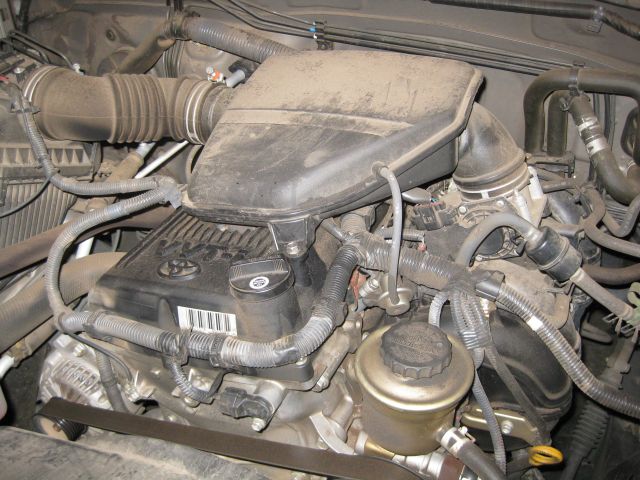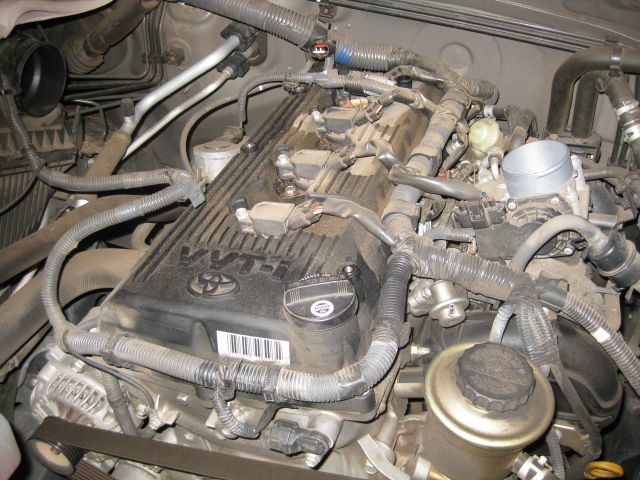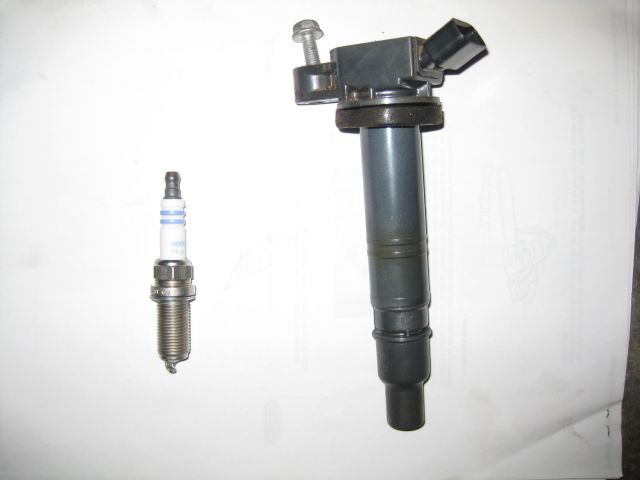I have a base model, no frills, manual transmission wind up window 2005 Toyota Tacoma pickup purchased new in 2005 for approximately $14k. It now has 160k miles and, apart from replacing the tires, I have done all the maintenance work. Which has been minimal – such as oil and filter (I always include a qt of fully synthetic oil), new battery, windshield wipers. Because the miles are highway miles, the brakes have been rarely tapped and therefore have not required replacement. And, these being truck tires, tire replacement is after more than 60k miles. A very economical vehicle with good mileage per gallon.
The recommendation is to replace the spark plugs every 90k and I bought 4 new spark plugs as the mileage approached that mark. The replacement procedures seemed complicated and, since the truck went fine and I was lazy, I deferred the moment. Recently the truck has lugged while going up hills and seemed to need more gas pedal encouragement than usual. So yesterday with the mileage gauge almost on 160k miles, I decided to get on with the job.
I used the Haynes Repair Manual for my vehicle and followed the step by step illustrated procedures. In the past I did not need a repair manual – simply follow the spark wire to the plug, carefully pull the wire connector from the plug, remove and replace the plug (after gapping) and reattach the wire. Problem with modern vehicles is they do not have spark wires but ignition coils and above the ignition coils there is superstructure which must first be removed.

So the first steps (after disconnecting the negative lead to the battery) were to remove the air intake duct or large pipe which connects the air filter housing on the left to the intake air connector, which sits above the engine. Then numerous electrical connections, a vacuum hose and a fresh air inlet hose had to be carefully disconnected from the intake air connector, which was then itself removed. I have learned that the key with removing all these items (apart from not losing them or forgetting how to connect them back again) is to use gentle and intelligent force. And also to have the right tools at hand. It is so easy to break a connector especially after it has been in use for more than 7 years and has become somewhat brittle.

Next steps were, to remove the ignition coil starting with the easiest most accessible ignition coil and using a lot of care not to damage anything. Not having done this before, I had thought the ignition coil sat just above the spark plug. As the photo below shows, where it is compared to a spark plug, it is actually a long tube.

Once I got the knack for disconnecting the electrical connector it was quick work to remove and replace all 4 spark plugs. I was relieved to see that all the plugs were in good condition with no signs of oil, carbon, or ash deposits or anything untoward, except for electrode wear. Then I followed the disassembly instructions in reverse (my memory which was never that great could not be trusted to locate and connect all the fittings), re-connected the battery and started the motor. And it goes great – takes the hills with gusto and requiring little encouragement.
Inspired by my success I also tackled the task of adjusting the parking brake. With time the cable had stretched and the parking brake could not be relied upon to hold the truck in place on even gentle slopes. This task took almost as long as replacing the plugs. To adjust the brake you have to remove the center console (where the manual shift lever is) and slide the bench seat back. Clearing the center console of its accumulated contents took time enough. More time was needed to remove all the equipment (chain saw, machete, crowbar, tools, kits, straps etc.) and debris, accumulated over 7 years, behind the bench seat. The center console removed easily, the carpet was shifted aside, a cover plate unscrewed and it was quick work to adjust the parking brake cable.
A dealer had quoted either $120 or $180, I forget which, to adjust the parking brake – it was an unsolicited quote provided when I took the vehicle in for a minor recall (why are there so many recalls?). I have no ideal how much replacing the spark plugs would cost – the spark plugs (platinum or iridium) are not cheap and I suppose this would also have been in the hundreds. I felt good doing this myself with no complications – feels good to be self sufficient and also to save money.
